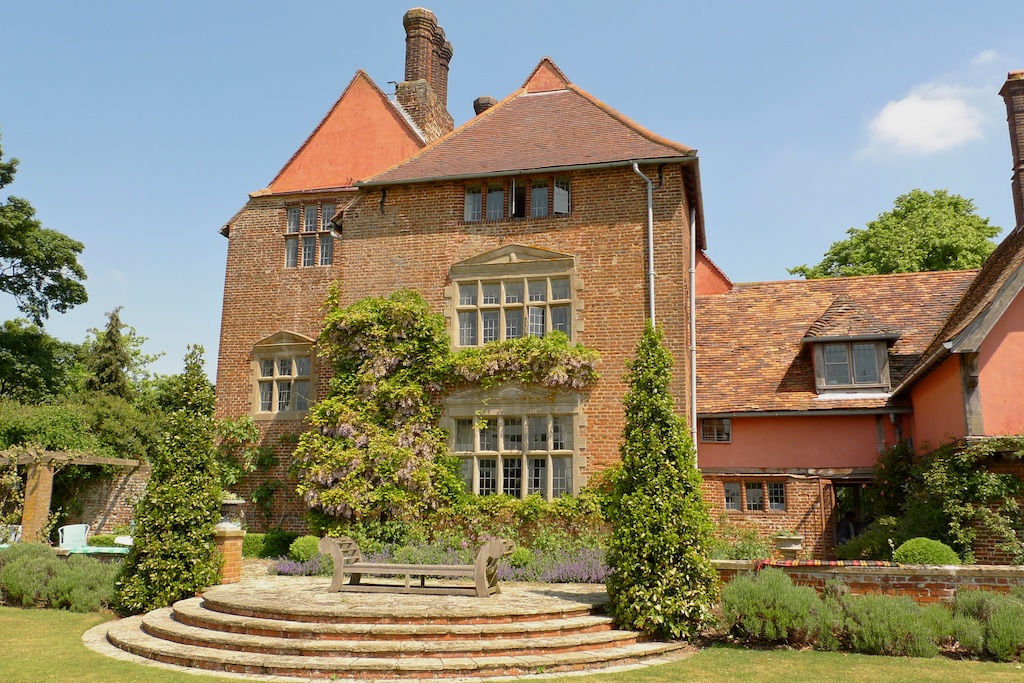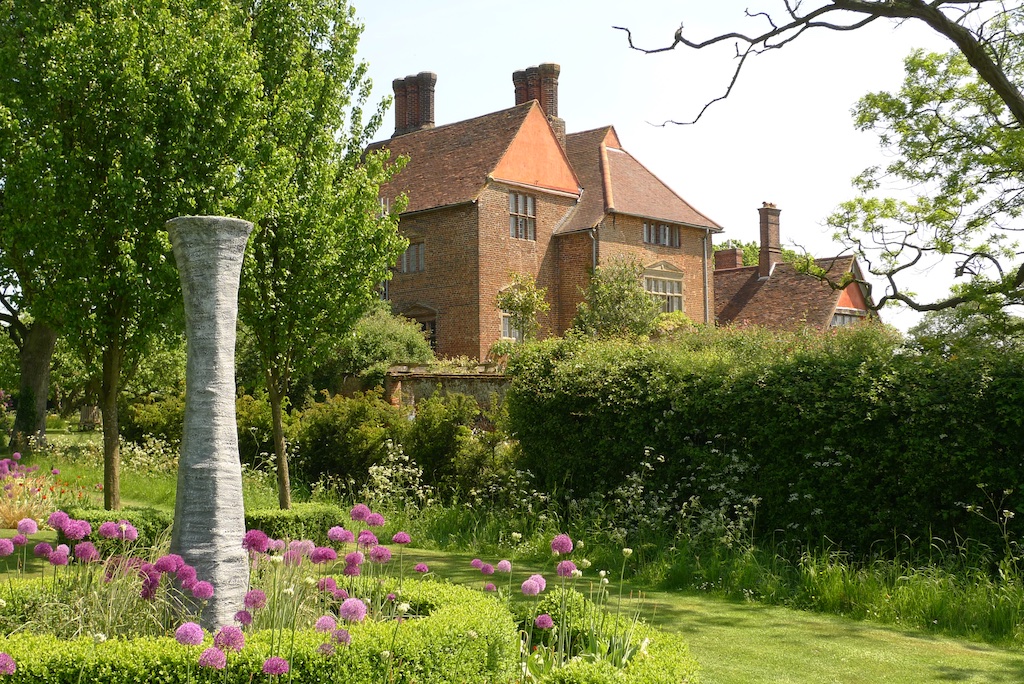Pictures of buildings mentioned in the second edition “Suffolk” volume of “The Buildings of England” series by Sir Nikolaus Pevsner.
The second edition only has the church, The Chace and High House. Note that the Tudor Grange, properly in this parish, is described under Somersham on this site because that is where it is in the second edition (but not in the third).
Of The Chace, Pevsner says "Of the Hall of the Wentworth family only an archway remains. Round arch, two fluted Doric pilasters on simply decorated bases. Pediment against the attic. The present house is early C19, grey brick, of three bays, with tripartite ground-floor windows and a Tuscan porch.
The Wentworths were once powerful in these parts. In the book Mary Tudor (the daughter not the sister of Henry 8), by Anna Whitelock, reference is made to the period between the death of Edward 6 and Mary’s accession, when Lady Jane Grey was declared Queen for nine days, as follows:
“For a number of days Mary’s fate hung in the balance. In many towns it was a confused picture of shifting and changing allegiances. In Ipswich, Sir Thomas Cornwallis, the sheriff of Norfolk and Suffolk, together with Thomas, Lord Wentworth and other prominent Suffolk men, initially declared for Jane.” (p171 paperback)
And: “To secure her position in Eastern Suffolk, Mary needed to win the support of Thomas, Lord Wentworth, a prominent and respected nobleman. She sent two of her servants, John Tyrell and Edward Glenham, to Nettlestead to negotiate with him. She warned that forsaking her cause would lead to the perpetual dishonour of his house. He paused and reflected. Finally he declared for Mary. It was a great coup. Wentworth arrived at Framlingham on the 15th, clad in a splendid armour and with a large military force of gentlemen and tenants”.
Here is the archway:
Of The Chace, Pevsner says "Of the Hall of the Wentworth family only an archway remains. Round arch, two fluted Doric pilasters on simply decorated bases. Pediment against the attic. The present house is early C19, grey brick, of three bays, with tripartite ground-floor windows and a Tuscan porch.
The Wentworths were once powerful in these parts. In the book Mary Tudor (the daughter not the sister of Henry 8), by Anna Whitelock, reference is made to the period between the death of Edward 6 and Mary’s accession, when Lady Jane Grey was declared Queen for nine days, as follows:
“For a number of days Mary’s fate hung in the balance. In many towns it was a confused picture of shifting and changing allegiances. In Ipswich, Sir Thomas Cornwallis, the sheriff of Norfolk and Suffolk, together with Thomas, Lord Wentworth and other prominent Suffolk men, initially declared for Jane.” (p171 paperback)
And: “To secure her position in Eastern Suffolk, Mary needed to win the support of Thomas, Lord Wentworth, a prominent and respected nobleman. She sent two of her servants, John Tyrell and Edward Glenham, to Nettlestead to negotiate with him. She warned that forsaking her cause would lead to the perpetual dishonour of his house. He paused and reflected. Finally he declared for Mary. It was a great coup. Wentworth arrived at Framlingham on the 15th, clad in a splendid armour and with a large military force of gentlemen and tenants”.
Here is the archway:

The present house beyond the archway:
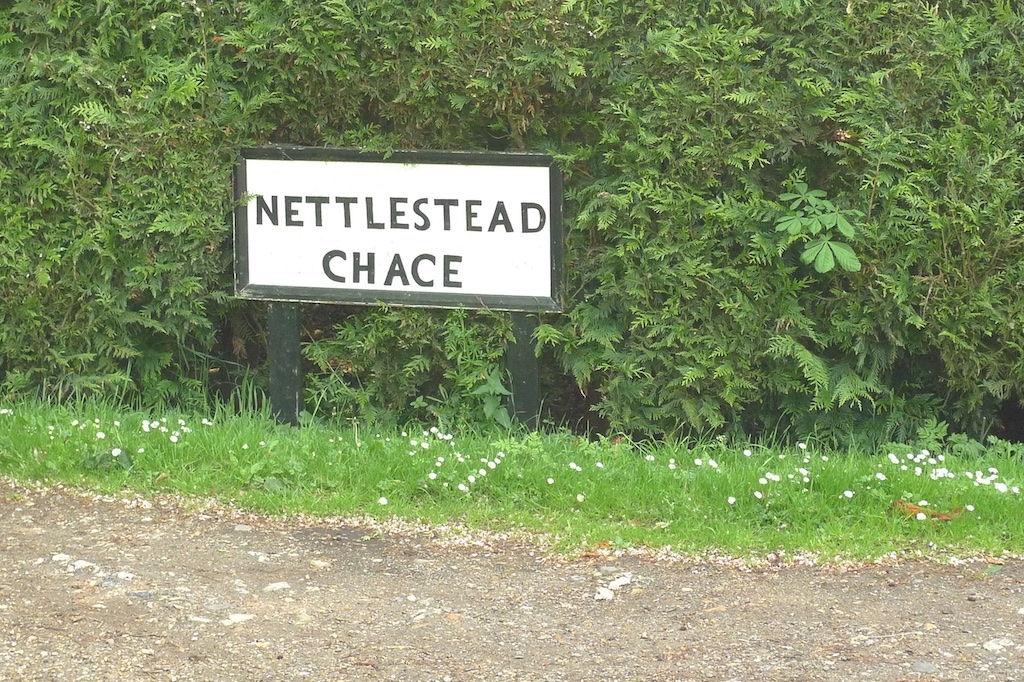
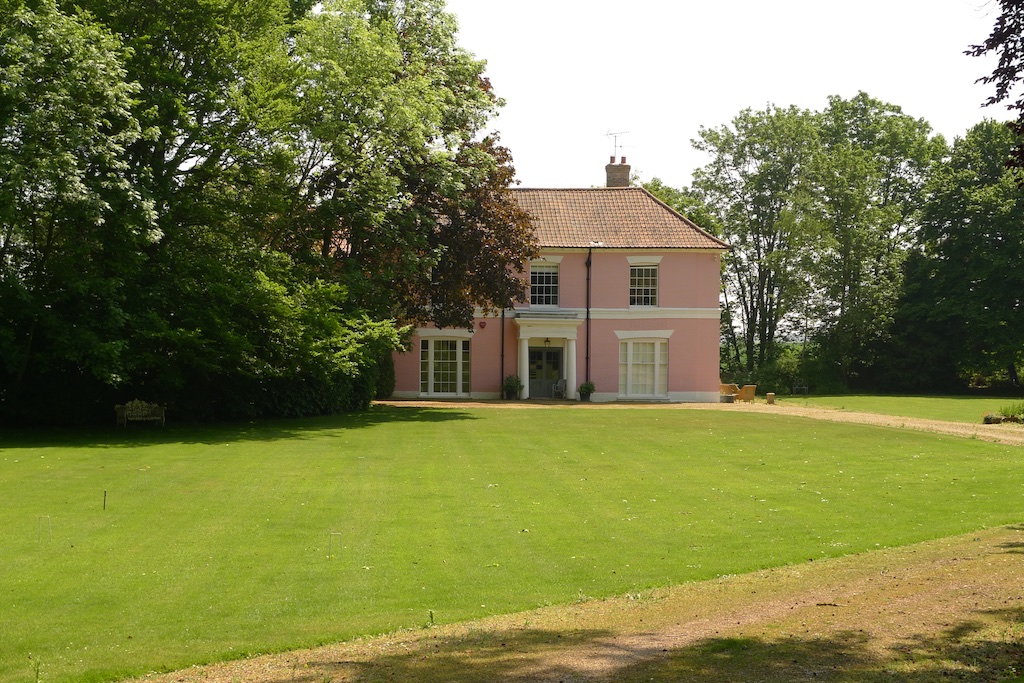
Pevsner says of High House (now High Hall): "Red brick, Elizabethan, and clearly only a fragment. The porch is recessed and cannot have had the same relation to the projecting range of two bays as it has now. The porch has two orders of Tuscan pilasters. Its top is missing. The projecting part has mullioned and transomed windows with pediments". The third edition adds "On the Wentworths' estate, and probably built by them as a dower house or, more likely, a hunting lodge, in the last quarter of the C16. The Wentworths sold the manor in 1645 and after that it seems the house was reduced in size, accounting for some of its idiosyncrasies". Some views follow:
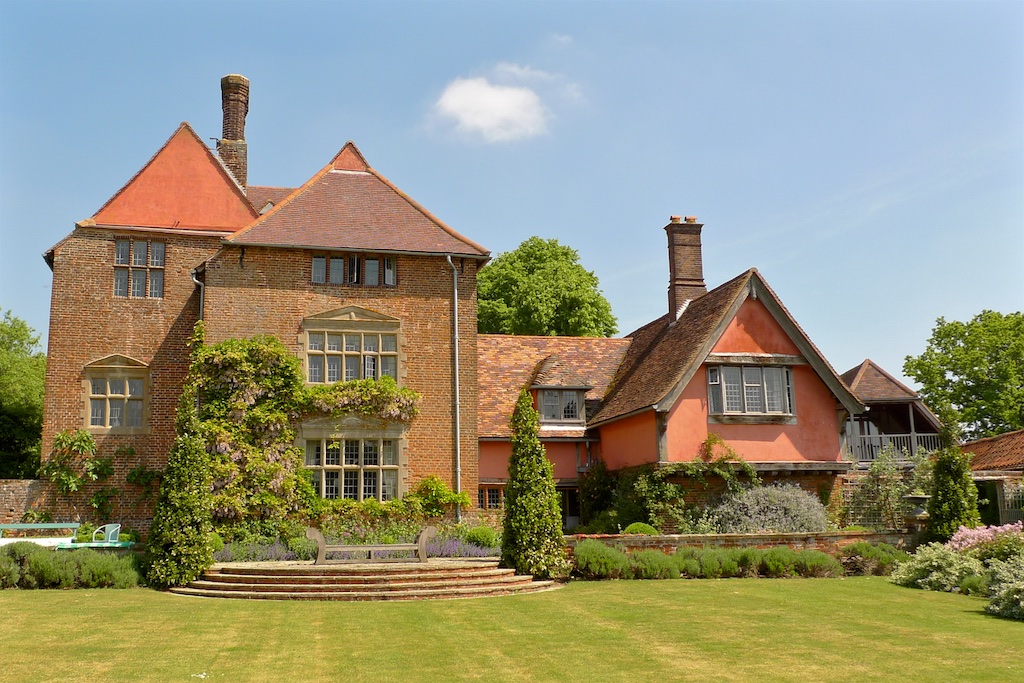
… and some more:
